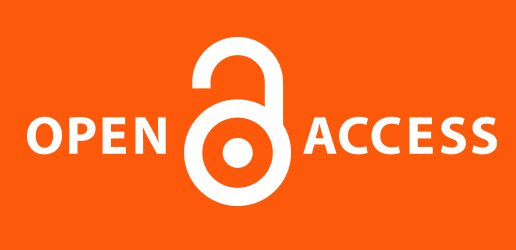Soil Fertility Evaluation and Mapping in Sdeyni Watershed, Habru District, Northeastern Ethiopia
DOI:
https://doi.org/10.20372/au.jssd.11.1.2023.0432Keywords:
GIS, Habru District, Land units, Soil fertilityAbstract
Soil nutrient mining, poor use of external inputs, soil erosion, are the major soil constraints affecting sustainable crop production in Ethiopia. In the study area, the soils were not characterized to provide location specific information for crop producers. Thus, this study was initiated with the objective of evaluation and mapping of soil fertility in Sdeyni Watershed. Cultivated lands in the watershed were selected and divided into eight land units (LUs). Three replicated composite soil samples were collected from the depths of 0-20 cm from each land unit comprising a total of 24 composite soil samples. Data analysis was done following one way ANOVA using R software, and mapping was performed using GIS software. The result showed that most soil properties were significantly different in the land units. Clay texture, slightly acidic soils (6.02-6.74), medium organic matter (OM) content (2.96-4.59%), low to medium total nitrogen (0.10-0.24%), medium to high available phosphorus (6.40-12.44 mg kg-1), and medium to high cation exchange capacity (11.90-27.00 cmol (+) kg-1), and moderate to high percent base saturation (41.40- 67.23%) were the observed soil fertility parameters. Soil fertility management through addition of organic and inorganic fertilizer sources should get immediate attention to maintain optimum crop production sustainably.
Downloads
Published
How to Cite
Issue
Section
License
Copyright (c) 2023 Endalkachew Fekadu

This work is licensed under a Creative Commons Attribution-NonCommercial 4.0 International License.









